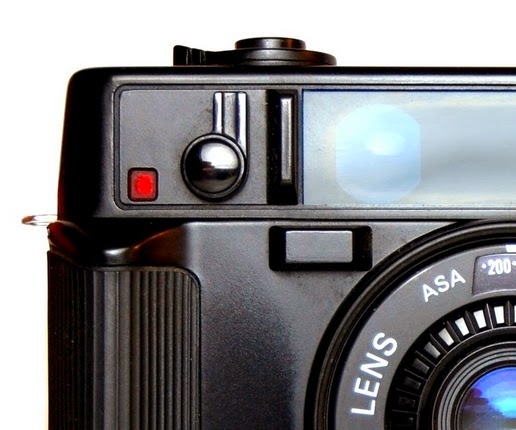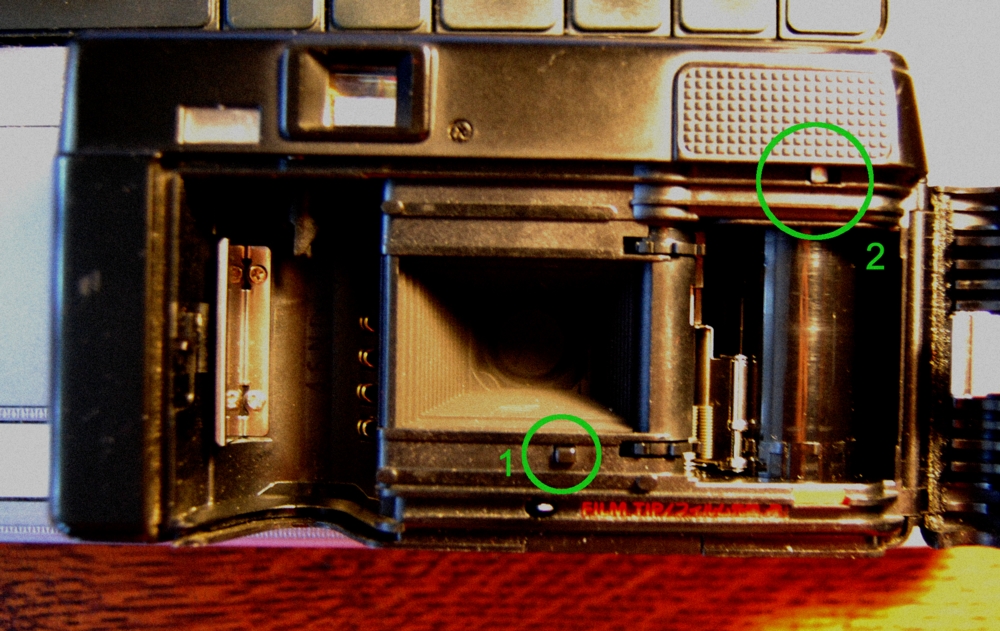UPDATE: Pentax Espio Mini (I found the manual)

UPDATE: I found the on-line manual!
There are a number of cameras on my always-buy list.
If I see a Konica Autoreflex T3 in black, I'll most likely buy it. A Hexanon 40mm f1.8, yup. The autocompact Konica Big Mini BM-301 (what do you expect, I'm a Konica guy), definitely.
A Color-Skopar or Tessar 35mm on a viewfinder hardbody is always a good idea. And a clean lens in f1.2 or f1.4, regardless of make, is always worth spending a few shekels.
And then there's the Pentax Espio Mini, aka Pentax UC-1.
While it only has a triplet lens it does very well. It fits in nicely with an Olympus Infinity Stylus Epic and a Nikon AF600 in a collection and equals them in performance. The Nikon AF600 is wider at 28mm but they came in around the same time and have the same generation of accurate auto-focusing, compact design and sharp lenses.
Similarly, the 1985 Nikon L35AF (a true legend of a camera) has a cousin in the Canon AF35M II. And the Olympus AF-1 came out a year later with a Zuiko lens lacking a no-flash option (admittedly, neither did the L35AF but the brothers and sisters of the L35 have learned how to work around it).
The thing about the Pentax, like the Nikon AF600, is they are harder to find than the Olympus Infinity Stylus Epic and the Konica Big Minis.
They have a nice body. They age better than the champagne coloured mju-IIs. And they just look nice. I like the sparkly finish.
The other nice thing about the Espio Minis is they do a great job of correcting parallax. The viewfinder darkens no longer part of the photograph as one focuses on closer subjects. A very fine feature.
The above is my second Pentax Espio Mini.


Comments